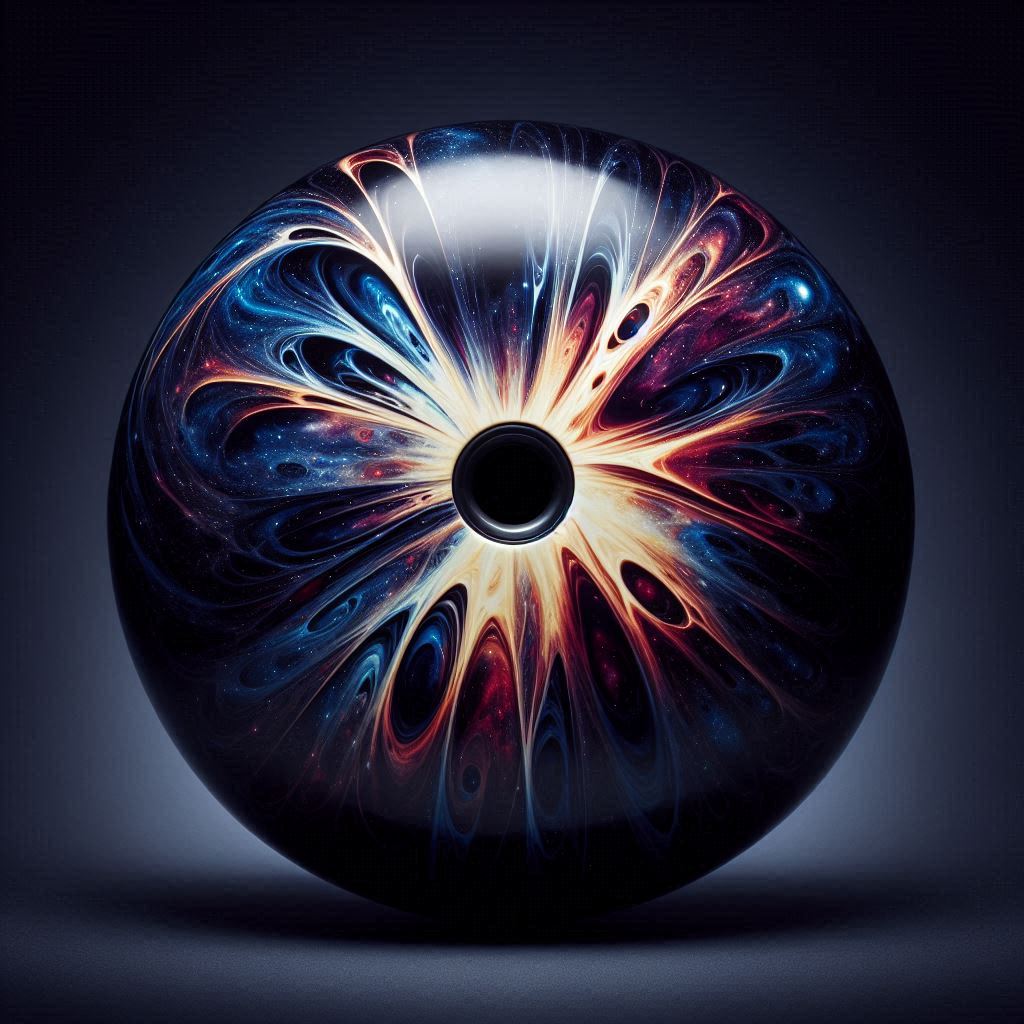As an intermediate bowler, taking your game to the next level often means investing in the right equipment. And one of the most crucial pieces of gear is, of course, your bowling ball. If you’ve been relying on house balls or a lighter weight ball to hone your skills, it might be time to step up to a size 8 bowling ball.
What is a Size 8 Bowling Ball?
A size 8 bowling ball has a circumference of 8.59 inches and a diameter of 8.5 inches, making it the standard size for most adult bowlers. These balls typically come in weights ranging from 14 to 16 pounds, offering the perfect balance of heft and control for intermediate players looking to generate more power and rev rate without sacrificing accuracy.
Choosing the Right Weight
While a size 8 ball is the standard for adults, selecting the appropriate weight is crucial for optimizing your game. The general guideline is that men should aim for 16 pounds, while women may find a 14-pound ball more manageable. However, these are just rough estimates, and the ideal weight ultimately depends on your physical strength and bowling style.
A heavier ball can generate more pin-carrying power and improve your strike potential, but it also requires more muscle to control and maintain a consistent release. On the other hand, a lighter ball may feel easier to handle but could result in a lower rev rate and diminished hitting power.
To find your perfect fit, consider your average ball speed and rev rate. If you’re consistently rolling the ball at a moderate to high speed (16-18 mph) with a decent rev rate (250-350 rpm), you may be ready to move up to a 16-pound size 8 ball. However, if your speeds are on the lower end or you’re still working on developing a proper rev rate, starting with a 14-pound ball might be a better option.
Coverstock Materials for Size 8 Balls
In addition to weight, the coverstock material of your size 8 ball plays a crucial role in determining its performance characteristics. The two main categories of coverstock materials are particle coverstocks and reactive resin coverstocks.
Particle Coverstocks
Particle coverstocks, such as plastic and urethane, are known for their predictable and controlled motion on the lane. They offer a more direct trajectory with minimal hooking potential, making them ideal for straight ball motion or when seeking a more predictable roll.
Plastic balls are the most basic and affordable option, providing a durable and low-maintenance surface suitable for beginners and dry lane conditions.
Urethane coverstocks, on the other hand, offer a bit more traction and backend reaction compared to plastic. They strike a balance between predictability and hooking potential, making them a popular choice for intermediate bowlers seeking a versatile all-around ball.
Reactive Resin Coverstocks
Reactive resin coverstocks are designed to provide enhanced traction and amplified backend motion, allowing for more aggressive hooking shapes. These balls are typically categorized into three main types: solid, pearl, and hybrid.
Solid reactive resin balls feature a strong, durable coverstock that generates ample traction in the oil and a potent backend reaction. They’re ideal for heavier oil patterns and bowlers seeking maximum hooking potential.
Pearl reactive resin balls have a slightly more porous and slicker surface, causing them to skid farther down the lane before transitioning into a more angular backend hook. This makes them well-suited for medium to lighter oil patterns and bowlers who prefer a more controlled midlane roll before the backend snap.
Hybrid reactive resin balls combine the characteristics of solid and pearl coverstocks, offering a balanced blend of midlane control and backend hooking power. These versatile balls can adapt to a wide range of lane conditions and bowling styles.
When selecting a coverstock material, consider your preferred ball motion, rev rate, and the typical lane conditions you encounter. Particle coverstocks like urethane are a great starting point for intermediate bowlers seeking control, while reactive resin balls allow for more aggressive hook potential as your skills progress.
Drilling Layouts for Hooking Potential
Beyond weight and coverstock, the drilling layout of your size 8 ball plays a crucial role in shaping its overall motion and hooking potential. Key factors like span, pitch, side weight, and pin placement can all be adjusted to fine-tune the ball’s performance to your unique bowling style and rev rate.
Here are some common drilling layouts to consider:
Conventional Grip: This traditional layout features a straight pin-to-PAP (PositiveAxis Point) alignment, resulting in a smooth, predictable ball motion. It’s a great starting point for intermediate bowlers seeking a controlled roll.
Fingertip Grip: By positioning the fingers closer to the ball’s vertical axis, a fingertip grip can enhance rev rate and backend hooking potential. This layout is ideal for bowlers with a higher rev rate who want to maximize their ball’s overall hook.
Low Pin-to-PAP: A low pin-to-PAP layout, where the pin is drilled below the PAP, can create an earlier and more aggressive backend hook. This layout is well-suited for bowlers seeking a strong backend motion on heavier oil patterns.
High Pin-to-PAP: Conversely, a high pin-to-PAP layout, with the pin drilled above the PAP, can smooth out the backend transition and produce a more controlled hook shape. This layout is a good option for bowlers looking to tame an overly aggressive backend reaction.
When selecting a drilling layout, work closely with a professional at your local pro shop. They can assess your bowling style, rev rate, and desired ball motion to recommend the ideal layout for your size 8 ball. Don’t be afraid to experiment with different layouts as your game evolves, as finding the perfect match can significantly enhance your accuracy and consistency on the lanes.
When to Move Up to a Size 8 Ball
If you’re currently using a house ball or a lighter weight ball, there are a few signs that indicate you might be ready to transition to a size 8 ball:
Increased Ball Speed: If you’re consistently rolling the ball at speeds above 15 mph, a heavier size 8 ball can help you maintain that momentum and generate more pin-carrying power.
Higher Rev Rate: As your rev rate improves (generally above 250-300 rpm), a size 8 ball will better complement your increased axis rotation and hooking potential.
Improved Accuracy: If you’re consistently hitting your targets and maintaining a consistent release, a size 8 ball can help you take advantage of that improved accuracy while adding more hitting power.
Physical Strength: As you gain strength and endurance, a heavier size 8 ball may feel more comfortable and manageable throughout an entire bowling session.
Remember, moving up to a size 8 ball is a gradual process, and it’s essential to work with a professional at your local pro shop to ensure a proper fit. They can assess your span (the distance between your thumb and fingers) and recommend the appropriate weight and drilling layout to match your physical capabilities and playing style.
Tips for Maintaining Your Size 8 Ball
Once you’ve invested in a high-quality size 8 ball, it’s crucial to take proper care of it to ensure longevity and consistent performance. Here are some tips for maintaining your ball:
Regular Cleaning: After each bowling session, use a ball cleaner and a soft cloth to remove any built-up oil and grime from the coverstock. This helps maintain traction and prevents the ball from becoming too “dull” or slick.
Surface Adjustments: Depending on the lane conditions and your desired ball motion, you may need to periodically adjust the surface roughness or texture of your ball. This can be done through various methods like abrading, polishing, or sanding.
Re-drilling or Replacement: Over time, the weight block and drilling layout of your ball may need to be adjusted or replaced entirely. This is particularly true if you experience a significant change in your bowling style, rev rate, or physical capabilities.
Proper Storage: Always store your ball in a cool, dry place, away from direct sunlight or extreme temperatures. This helps prevent the coverstock from cracking, drying out, or becoming overly porous.
By following these maintenance guidelines and working closely with your local pro shop, you can ensure that your size 8 bowling ball remains a reliable and high-performing companion on the lanes for years to come.
Conclusion
Investing in a size 8 bowling ball is a significant step for intermediate bowlers looking to elevate their game. With its standard dimensions and versatile weight range, a size 8 ball offers the perfect balance of power and control, allowing you to capitalize on your improved skills and technique.
When selecting your new size 8 ball, consider factors like weight, coverstock material, and drilling layout to find the perfect match for your bowling style, rev rate, and desired ball motion. Don’t be afraid to experiment and seek guidance from professionals at your local pro shop – they can provide invaluable insights and recommendations to ensure you make the most informed choice.
Ultimately, a well-fitted size 8 bowling ball can be the key to unlocking your full potential on the lanes. By understanding its nuances and taking proper care of your investment, you’ll be equipped to tackle even the most challenging oil patterns with increased accuracy, consistency, and striking power.
So, embrace the opportunity to take your game to new heights with a size 8 bowling ball. Practice with dedication, fine-tune your technique, and get ready to experience the thrill of those thunderous strikes and soaring scores. The journey to bowling excellence starts with the right equipment in your hands.





